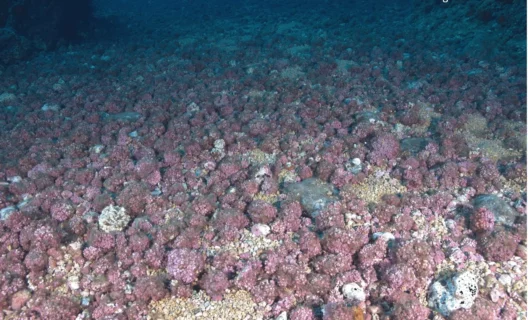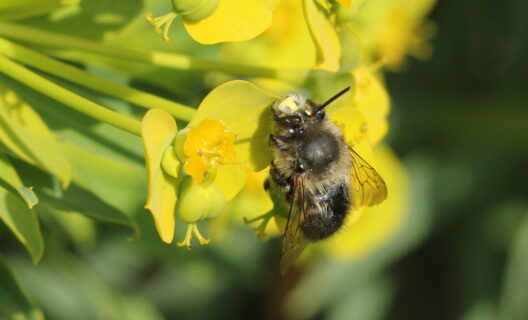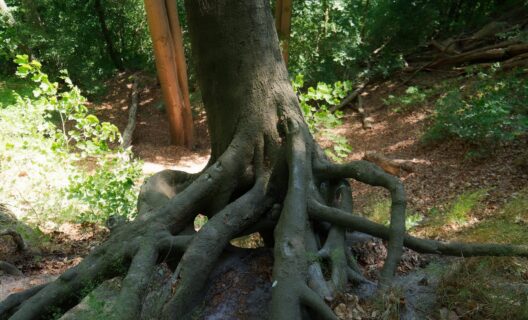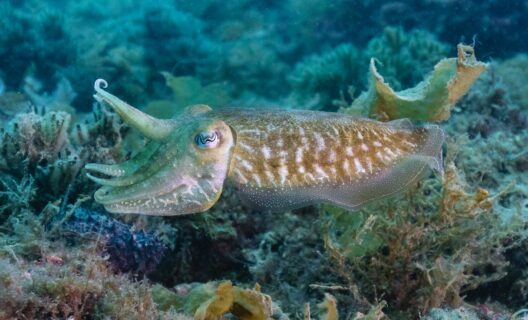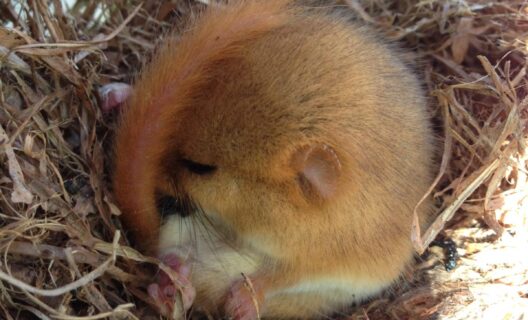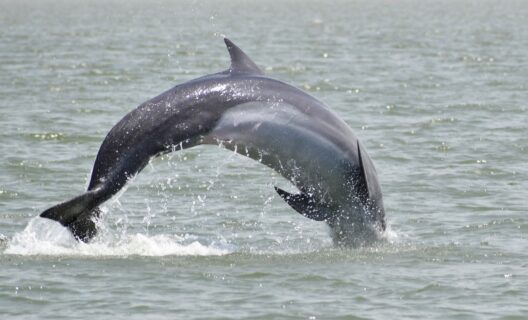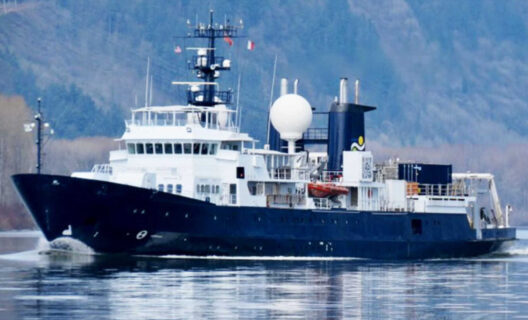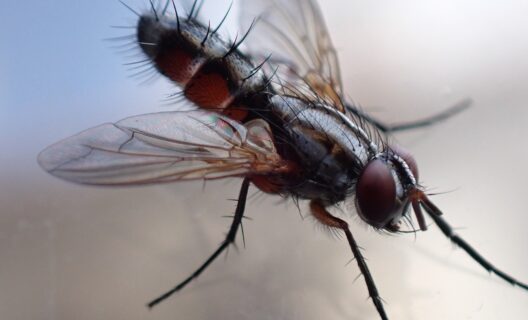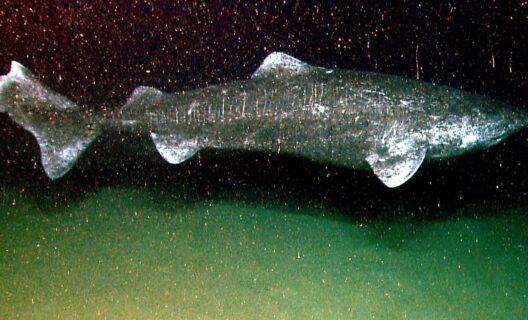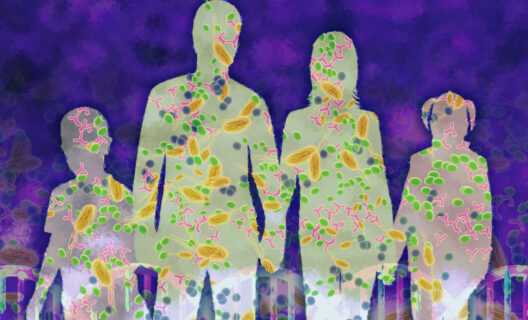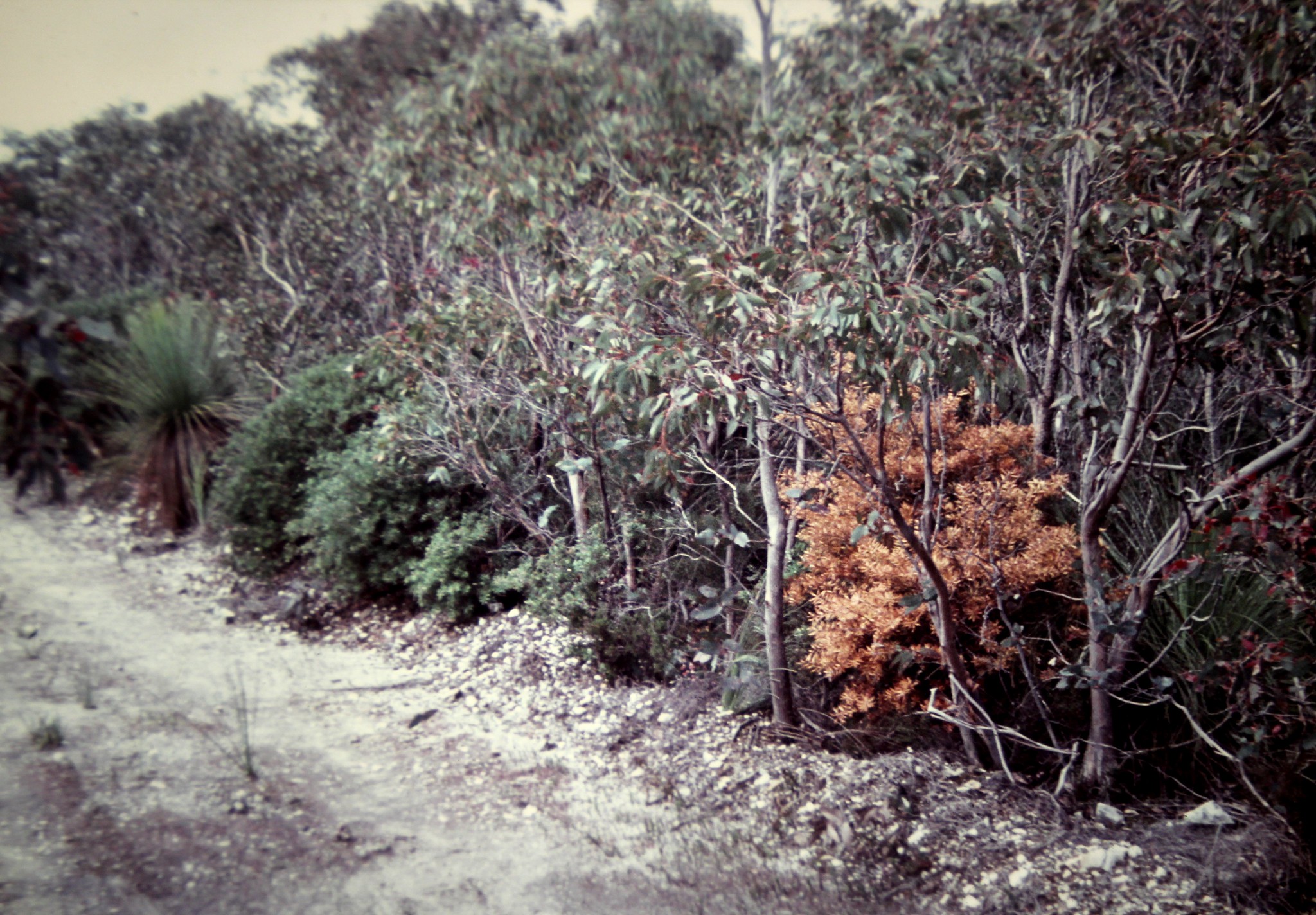

Reading time
0 min
Thanks to the data provided by satellite, it is possible to monitor the spread of ink disease
According to research published in the journal Remote Sensing Applications: Society and Environment, and conducted by a group of scientists in which CNR-Iret and the University of Tuscia took part, satellite remote sensing data may prove to be of great use in detecting forest damage produced by ink disease.
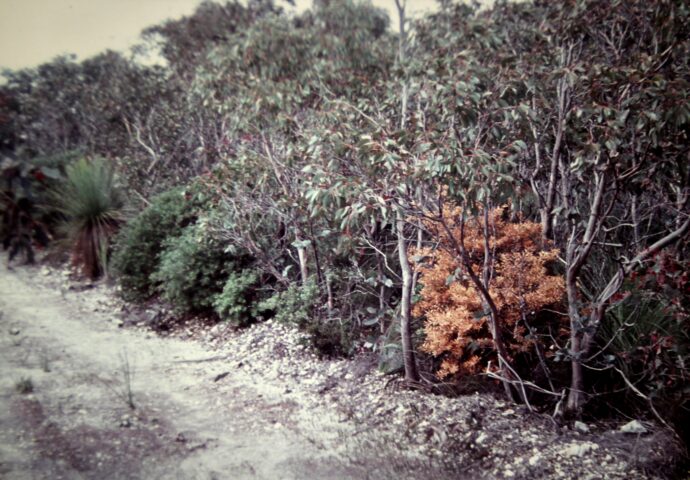
""
This disease, caused primarily by an aquatic mold called Phytophthora cinnamomi, attacks the roots and collars of chestnut and cork oak trees, causing blackening that resembles ink spots (hence the name of the disease). The consequences are severe: the tree undergoes progressive decay that manifests as yellowing of leaves, desiccation of branches and, in severe cases, death of the plant.
""
Satellite gaze: a valuable aid
To determine whether satellite data could be used to distinguish between healthy and disease-affected trees, and whether different levels of infection severity could be identified, the researchers used data from two multispectral sensors, Sentinel 2 and PlanetScope, and Sentinel 1 radar.
"Monitoring the health of forests is one of the most important actions to counter the deleterious effects of climate change."
A. Sebastiani, CNR-Iret researcher
The sites considered are two forest sites in central Italy: Monte San Biagio, in the province of Latina, which is home to a 300-hectare cork oak plantation (included in the Natura 2000 European conservation network), and Canepina, in the province of Viterbo, which includes 800 hectares of chestnut groves. The choice of these sites was motivated by the presence in both areas, already documented by previous studies, of ink disease.
First, the scientists trained the models by classifying trees into six damage classes, from “healthy” to “dead,” drawing on data collected in the field since 2015. Then they aggregated the classes into three: healthy trees, moderate damage and severe damage.
The study showed that the red and infrared bands make healthy plants clearly distinguishable from symptomatic ones, especially where the tree has a large canopy, thus providing a strategic tool for forest health management.
“Monitoring the health of forests,” explained Alessandro Sebastiani, a researcher at CNR-Iret, “represents one of the most important actions to counter the deleterious effects of climate change. According to several studies, the increase in temperatures, heat waves and drought periods expected in the coming years will favor the spread of pathogens such as Phytophthora. Therefore, it is imperative to have tools to help decision makers take timely and effective counter actions.”
The journey goes on
Every story paves the way for the next: discover where biodiversity takes you


